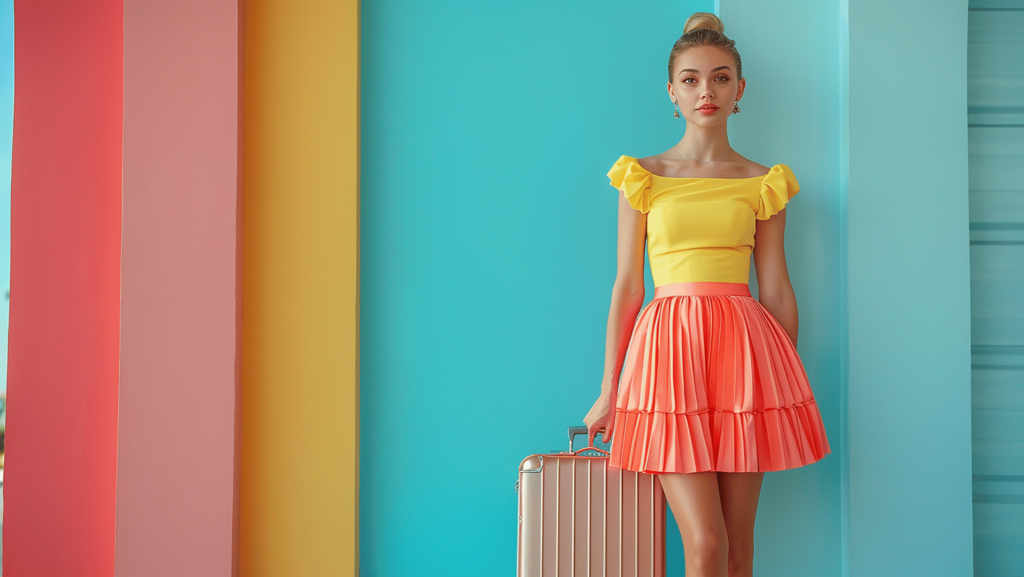Color matching is one of the most essential elements of building a stylish, coordinated wardrobe. The right combination of colors can elevate your look, making you feel confident and chic. If you’ve ever stood in front of your closet unsure of what to wear, you’re not alone. This guide will give you practical tips to help you match colors for outfits like a pro, so you can effortlessly create the perfect look every time.
Start with a Neutral Base
Neutral colors, such as black, white, grey, and beige, are your best friend when it comes to color matching. These versatile tones can act as a foundation for any outfit, allowing you to build around them. By starting with neutrals, you create an effortless and sophisticated base that you can mix with both bold and subtle colors.
For example:
- A white blouse paired with black pants creates a classic, timeless look.
- A beige skirt can be matched with a navy top for a chic, professional outfit.

Stick to a Three-Color Rule
When you’re putting together an outfit, a simple color matching rule to follow is the three-color rule. Limit yourself to three colors in an outfit to keep the look cohesive and stylish. Here’s how to apply it:
- Primary color: Your main color (this could be the largest piece of your outfit, like a dress or a top).
- Secondary color: A complementary color for smaller elements, such as your pants or accessories.
- Accent color: Use this color sparingly in small details, like shoes, jewelry, or scarves.
For instance:
- A navy blue dress (primary color), with camel-colored heels (secondary color), and a burgundy handbag (accent color) creates a balanced, harmonious look.
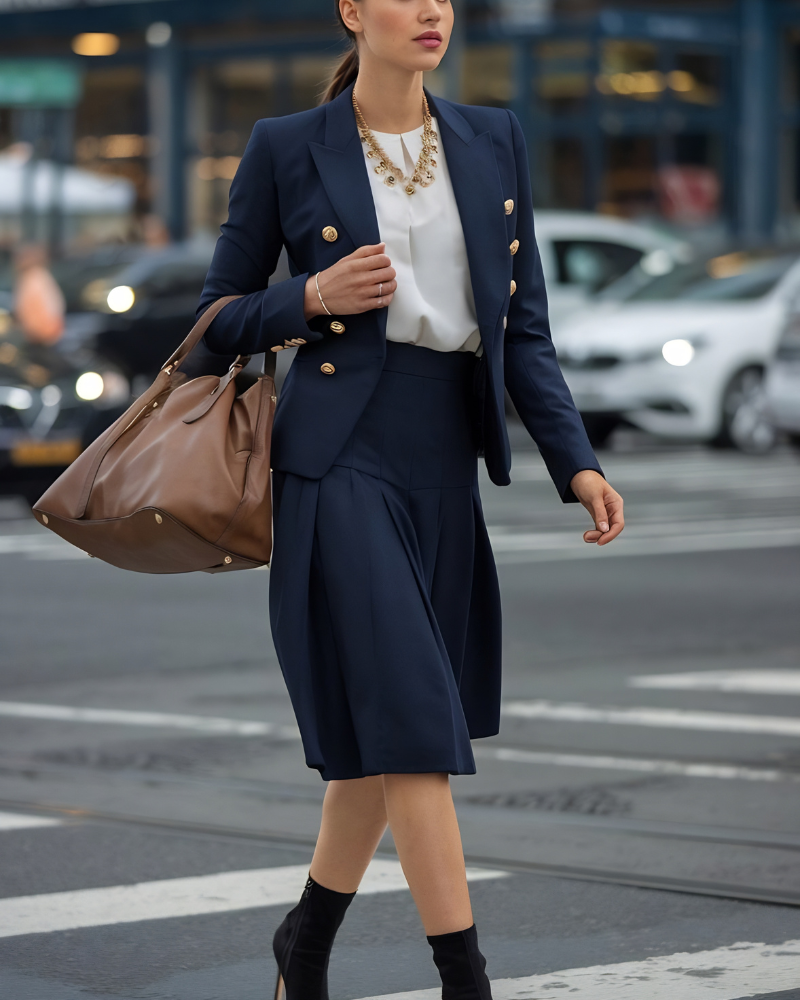
Use the Color Wheel for Guidance
To truly perfect your color matching game, you should be familiar with the color wheel. It can help you select colors that naturally go together. Here are some strategies based on the color wheel:
Complementary Colors
- These are colors that sit opposite each other on the color wheel (e.g., red and green, blue and orange). They create high contrast, making the outfit visually striking.
- Example: A red blazer with green pants or blue heels.
Analogous Colors
- These are colors next to each other on the wheel (like blue, green, and purple). They create a harmonious, cohesive look.
- Example: A green top with blue jeans and a navy bag.

Monochromatic Colors
- This style involves using different shades and tints of the same color (e.g., light pink with dark rose). It creates a sleek, sophisticated vibe.
- Example: A light pink sweater paired with dark pink jeans and a rose-colored scarf.
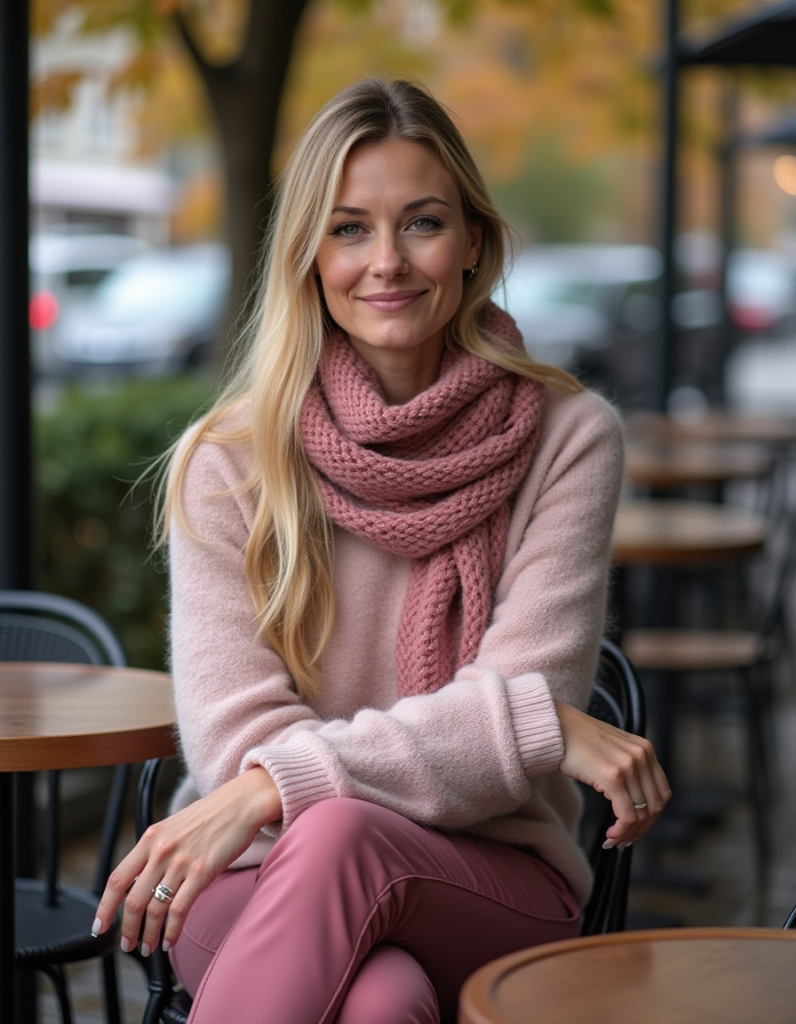
Match Colors Based on Occasion
Knowing what color combinations work best for different occasions can help you get ready faster while ensuring you look appropriate and stylish. Here’s a guide to help you choose:
- Casual Day Out: Go for vibrant, bold colors (think yellow with blue or red with white) to add fun to your look.
- Work or Business: Stick with neutrals, such as navy, black, or grey paired with softer tones like blush pink, light grey, or beige.
- Evening Wear: Darker, richer colors like deep purple, emerald green, and black are perfect for a glamorous look.
- Weekend Chill: Opt for relaxed colors like soft blue, mint green, and pastel pink for a laid-back yet stylish vibe.
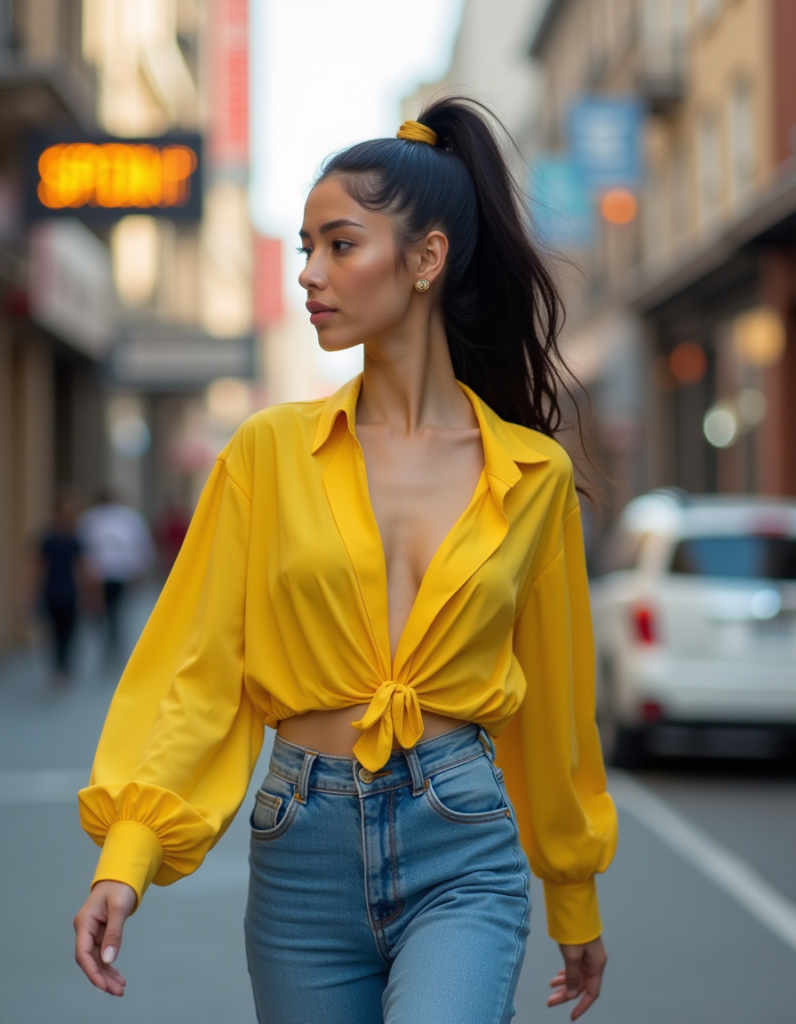
Mix Bold and Subtle Colors
A common color-matching mistake is either going too bold or too subtle with colors. Instead, find the right balance between bold and subtle tones for a well-rounded look. Here’s how:
- Pair bold colors with neutral tones to avoid clashing. For example, a neon pink blouse with black trousers.
- Use neutral accessories to tone down bold colors. For instance, a bright orange dress paired with white heels and a beige handbag creates a lively yet balanced outfit.
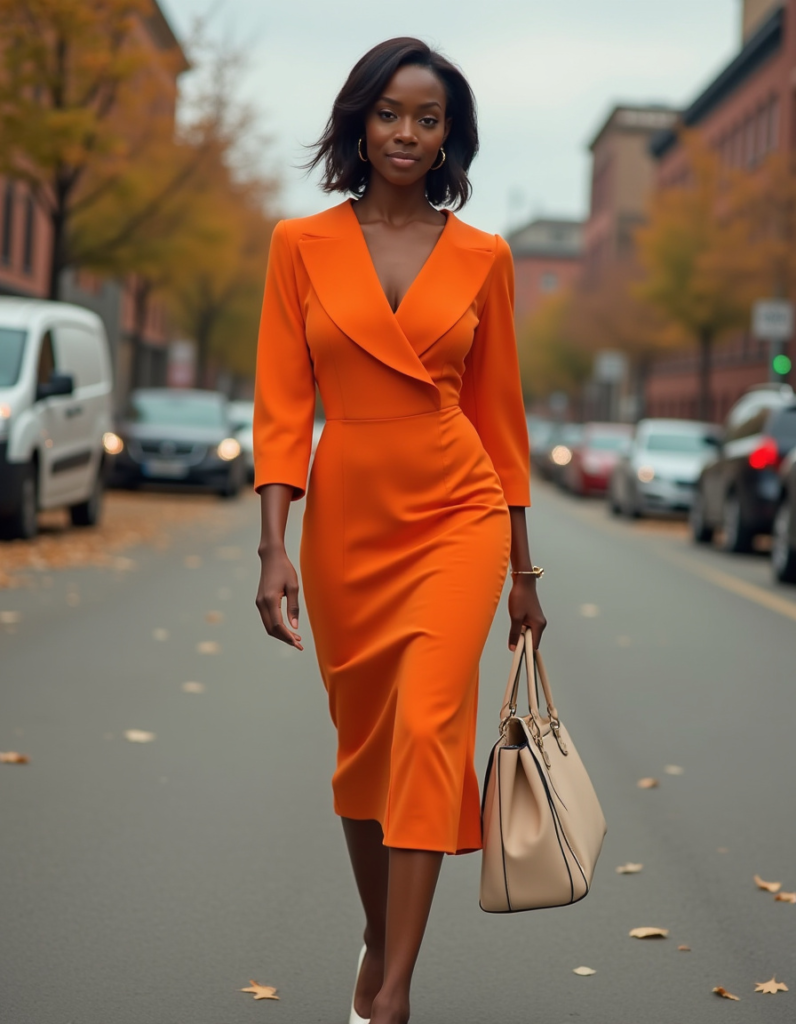
Use Accessories to Enhance Color Coordination
When in doubt, add accessories! Accessories are a great way to inject some color into your outfit without overwhelming the look. Whether it’s a bright-colored scarf, vibrant shoes, or a bold handbag, accessories can tie the whole look together. Just be mindful of how much color you already have in your outfit.
Example:
- A black and white striped dress can be elevated with red heels and a matching red bag.
- A green top can be complemented with gold jewelry and neutral-toned shoes.
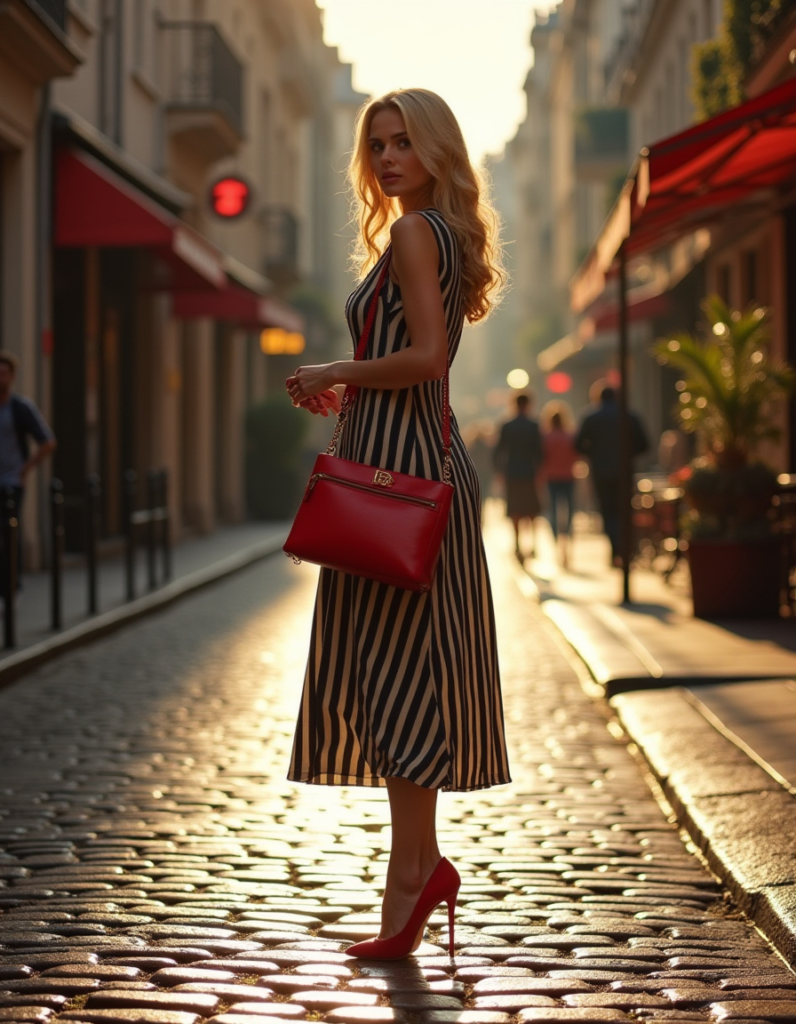
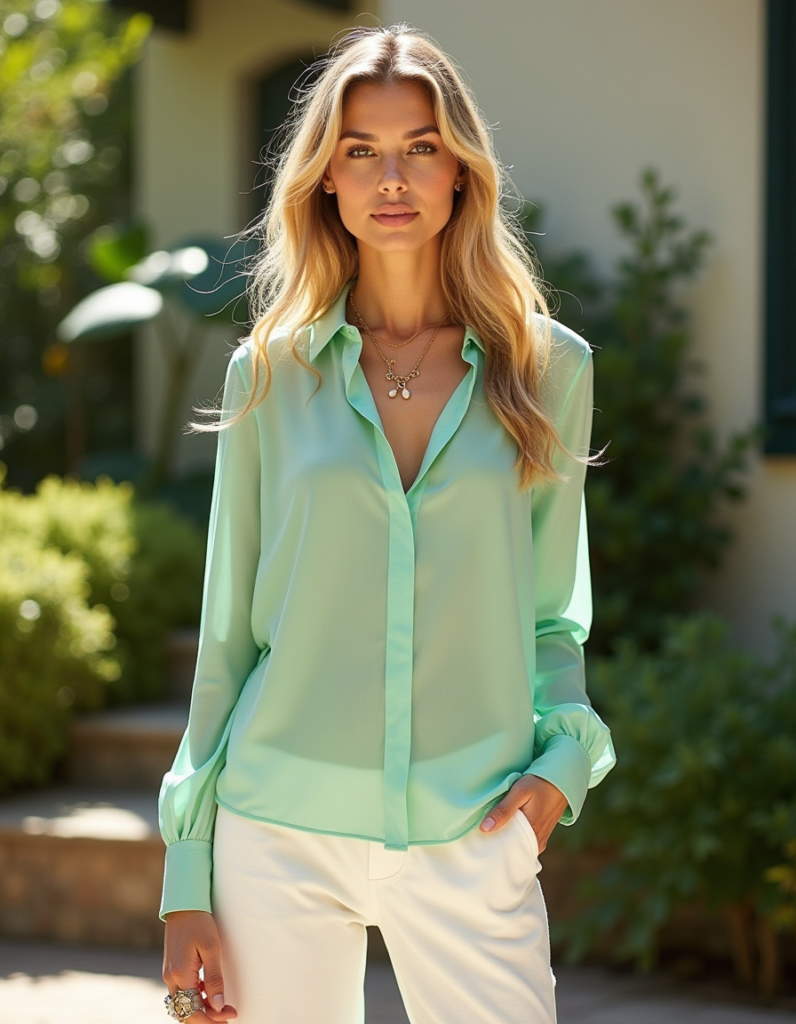
Experiment and Have Fun with Color
Don’t be afraid to experiment with different colors! Fashion is about expressing yourself, and playing with color matching can help you discover combinations that make you feel fabulous. Trust your instincts and find what works best for your body and style. Even if it means stepping outside your comfort zone, you might just discover a new favorite color combination.
Conclusion
Mastering color matching doesn’t have to be intimidating. By sticking to a few easy rules, such as using neutrals as a base, sticking to the three-color rule, and experimenting with accessories, you can create perfect outfits every time. Trust in the color wheel, balance bold and subtle tones, and, most importantly, have fun expressing your unique style!
